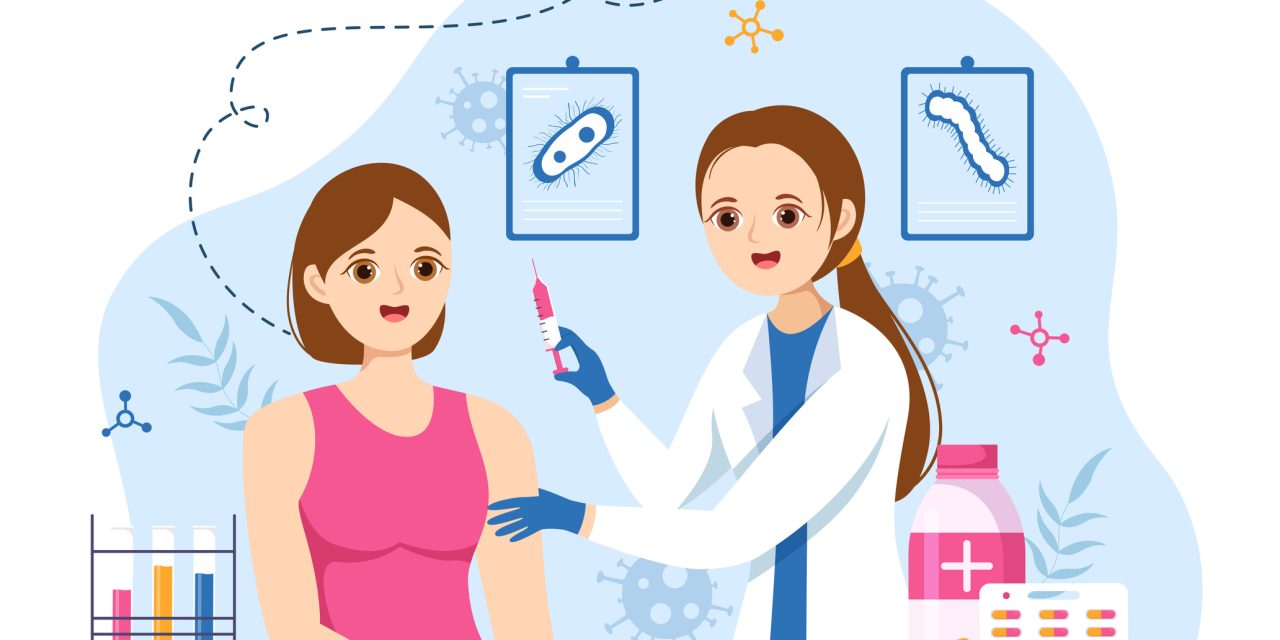Researchers found that in a studied group of children, there was a tendency for higher D-dimer levels in patients, who required a longer GCS treatment. This study was conducted to assess potential associations between duration of glucocorticosteroid (GCS) therapy and D-dimer concentrations in children with acute urticaria. Elevated D-dimer levels have been reported in the course of chronic spontaneous urticaria. However, data regarding D-dimer levels in acute urticaria in children are limited.
Hospital records of children aged 5.57 ± 4.91 years, hospitalized in 2014-2018 were analyzed retrospectively. The study group consisted of pediatric patients admitted to the hospital due to severe acute urticaria resistant to antihistaminic treatment that was ordered in the ambulatory care. Patients were divided into subgroups: no GCS treatment, short-duration treatment and long-duration treatment GCS treatment. Simultaneously, patients received antihistaminic drugs. D-dimer level and other inflammatory factors such as white blood cell (WBC) count, platelet (PLT) count, and C-reactive protein (CRP) in each group were analyzed.
The D-dimer level was elevated in 51% of cases. In the subgroup with longer GCS treatment, D-dimer concentration was significantly higher in comparison to patients with a shorter GCS course. There were no differences in the distribution of CRP, PLT, and WBC concentrations between these subgroups.
In the studied group of children, there was a tendency for higher D-dimer levels in patients who required a longer GCS treatment.
Zaryczański J, Ochab A, Ochab M, Zaryczańska A, Brzoza Z, Chobot A. D-dimer concentrations in acute urticaria in children. Allergol Immunopathol (Madr). 2021 Jan 2;49(1):107-112. doi: 10.15586/aei.v49i1.30. PMID: 33528937.


